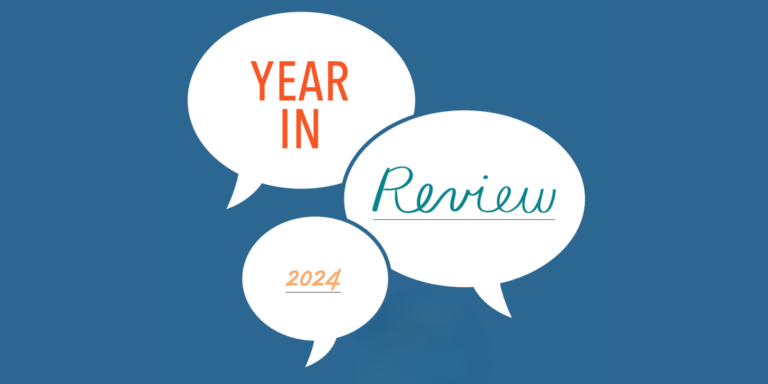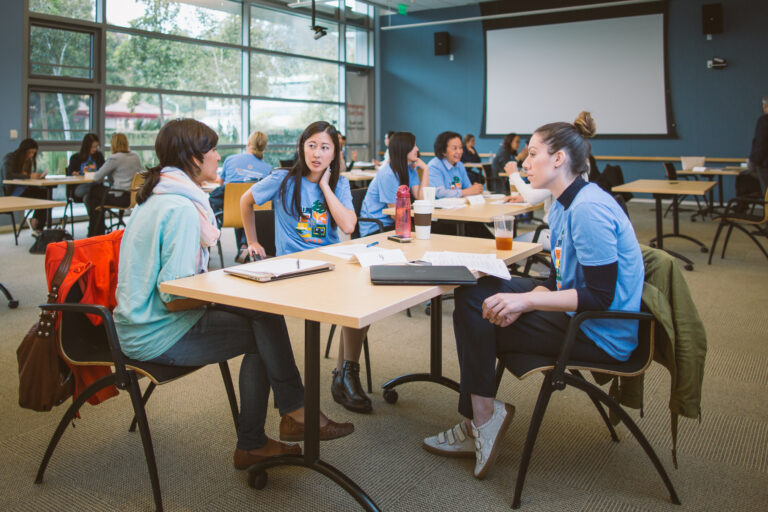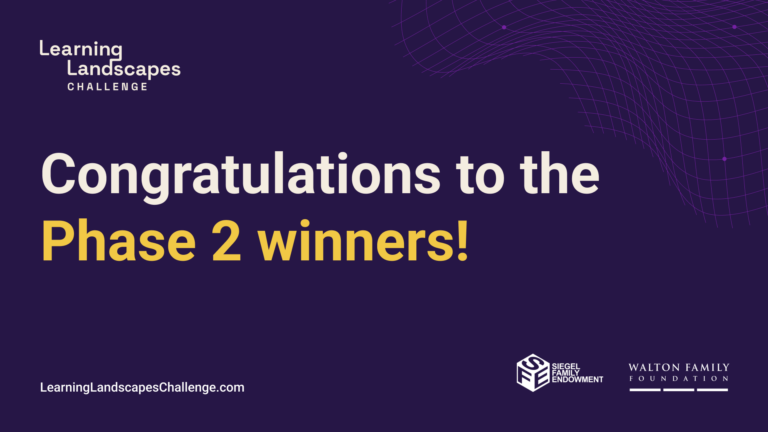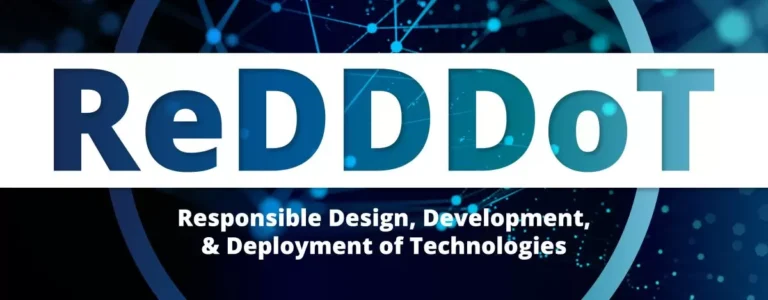Recently introduced federal legislation on massive new infrastructure initiatives has focused a lot of attention on a subject that is too often overlooked in the national discourse. Broad, far-reaching questions about what technically qualifies as infrastructure, and who is responsible for investing in and maintaining the increasingly interdependent digital, physical, and social systems that our society relies on have come to the forefront, and feel more urgent than ever before.
SFE’s Executive Director Katy Knight recently participated in a panel discussion at the Regional Plan Association’s 2021 Assembly, to explore a broad range of questions about the definition and future of infrastructure. Panelists represented a diverse set of perspectives and backgrounds from a number of different fields of practice, and included Pat Foye, Chairman & CEO of the MTA, Tamika Butler, Founder & Principal of Tamika Butler Consulting, Polly Trottenberg, Deputy Secretary at the US Department of Transportation, and moderator Rohit Aggarwala, Senior Fellow at the Jacobs Cornell-Technion Institute at Cornell Tech.
Explore highlights from the conversation below, and watch the full discussion here (starting at 32:16).
The American Jobs Plan and leaders in the Federal Government are expanding traditional definitions of infrastructure [33:36]: Deputy Secretary for Transportation Polly Trottenberg spoke to the ways that the new administration is thinking expansively about infrastructure. Her work at the US Department of Transportation is growing beyond the department’s traditional focus on roads, tunnels, and bridges, to encompass elements of the social, human side of infrastructure as well. “We embrace not only the big physical infrastructure needs of the country, but also the economic, social, and public health needs of the country as well,” said Trottenberg.
An expanded definition of infrastructure isn’t just necessary – it’s practical, too [38:35]: Tamika Butler described an expanded vision of infrastructure as reflecting all facets of the nation’s current reality, and highlighted the urgency of using an intersectional lens to address problems as diverse as climate change resilience, public health, and infrastructure as it’s more traditionally defined. “Just because we’ve always done something a certain way, doesn’t mean that it’s the right way to do it,” said Butler. “We need leaders who are courageous enough to govern for the situation that’s coming.”
Going back to basics can actually help widen the traditional lens on what defines infrastructure [47:20]: Katy Knight described Siegel Family Endowment’s starting point for our new infrastructure framework being the dictionary definition of the word. “The dictionary says that infrastructure is both physical and organizational,” said Knight. “Infrastructure is made up of the underlying components that strengthen society, and things that society needs in order to function.” Through that lens, Siegel Family Endowment was able to expand the scope of our vision beyond physical construction to also encompass digital and social infrastructure. This lens has driven our fundamental position that investing in infrastructure through a more holistic lens has the power to improve society at large, and will create outcomes that better serve more people equitably.
Actors outside of the government have a major role to play in bringing an expanded vision for infrastructure to bear at scale [1:15:55]: Telecoms, non-profits, government agencies, and other actors all need to work together in a way that’s proactive, collaborative, and humble, said Katy Knight in response to a question about enacting a conceptual framework for multidimensional infrastructure. When it comes to listening to all of these disparate voices, one of the most important factors will be using out of the box thinking to leverage different communications and engagement tools, all of which can bring more voices into the room and force cross-sector collaboration. Additionally, keeping an open mind about the potential of new kinds of public-private partnerships and the role that the third sector has to play in expanding the scope of these collaborations is important to driving the work forward. “It’s all about people finding more energy to hear from people they don’t usually talk to,” said Knight.





